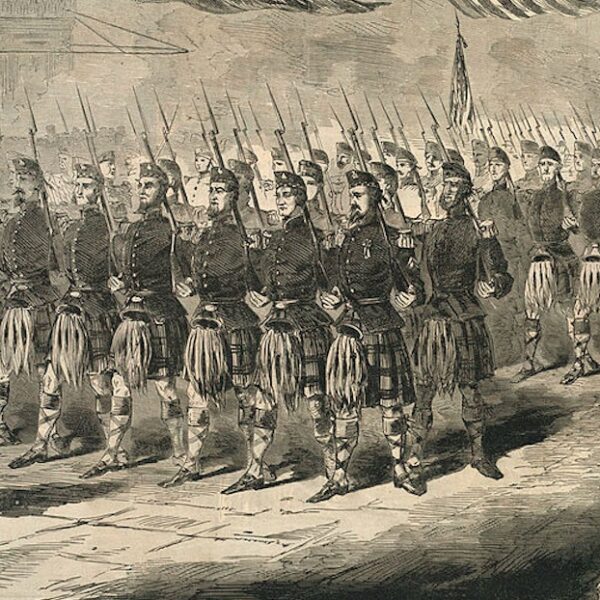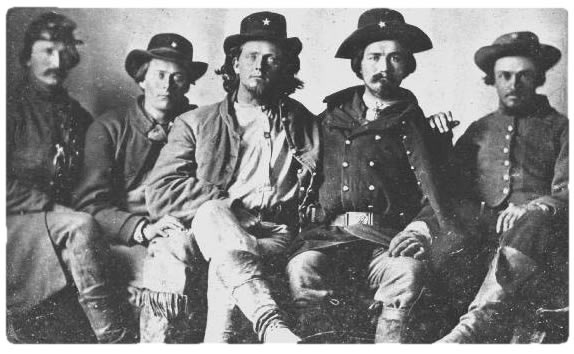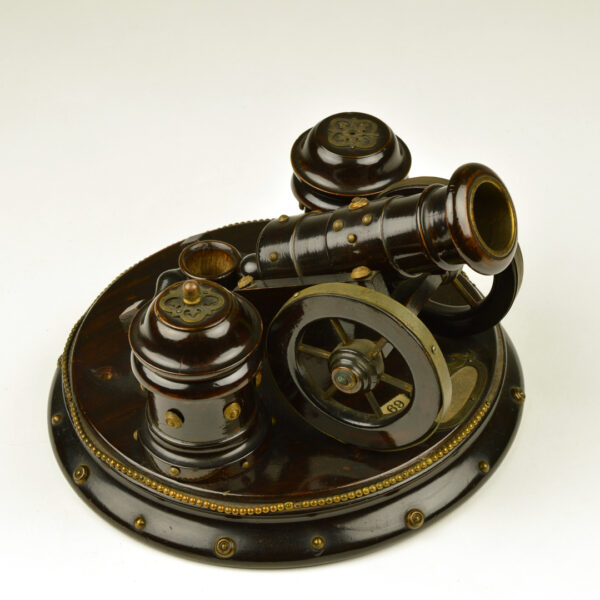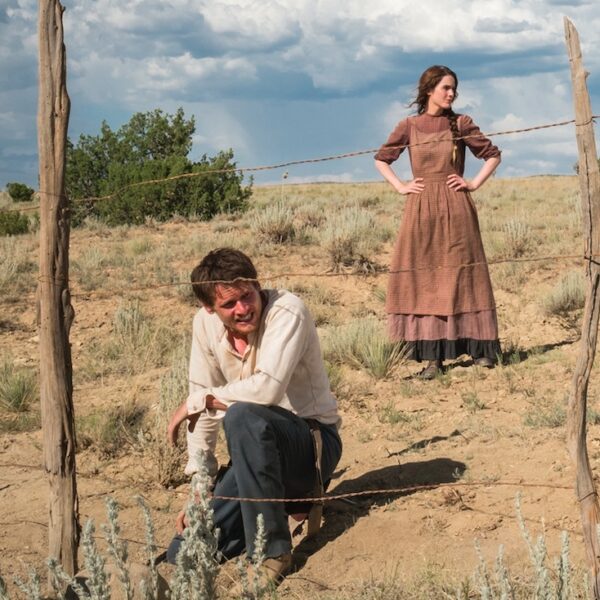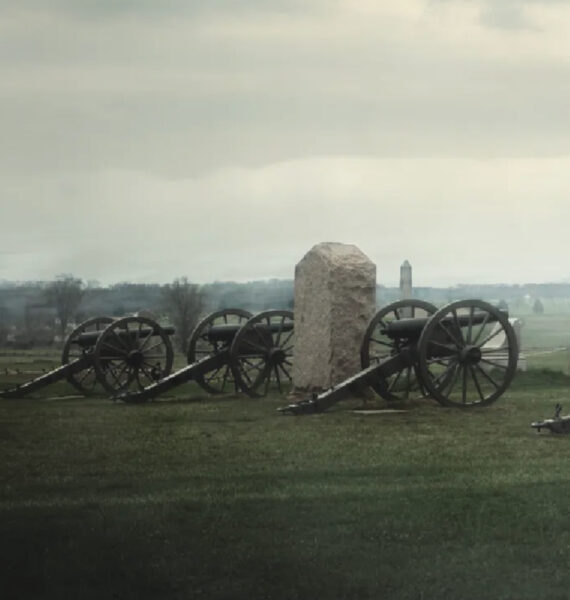 Claudio Vazquez
Claudio VazquezA portion of the Gettysburg battlefield
How do we interact with the places around us? How did people in the past interact with these places? These are questions that pop into my mind when I am at home writing from my 1950s barn-style house on the Gettysburg battlefield. How many people before me have done the same thing in this same room? How many of them considered the confusion, chaos, and carnage that unfolded on these grounds over 160 years ago? And how did those thoughts affect the way they interacted with this space?
It could be argued that history is best understood at the sites where it unfolded. For example, the experience of traversing a battlefield, exploring a historic home, or feeling the heaviness of enslavement at a plantation site cannot be replicated through archival research and the written word. But such experiences can be contextualized and enhanced through the work of public historians, whose duty is to interpret the past in its truest form. The power of place springs from this intersection of the tangibles and intangibles of history, where physical reminders of the past are interwoven with stories and events that will continue to drive the interest in history for future generations.
Historic sites incorporate a multitude of meanings for a wide range of people—but history is continuous, not static. In the case of Gettysburg, history unfolded here before the Civil War, continued after it ended, and will do so into the future. For the thousands of visitors to the Gettysburg battlefield, history is made every day—for them. The personal experiences that tie them to the once-bloodied landscape will, in many cases, continue to connect them to a place where they learned something new, made a memory with friends and family, or felt the far reach of the past. David Glassberg, author of Sense of History: The Place of the Past in American Life, writes that when we “recall places, we recall emotions and activities and not merely the physical setting.” Whether we are influenced by the history of a site drawing us in for an initial visit, or experiencing a space in the periphery of a larger adventure, it is often the memory of the place that continues to bring us back. As Glassberg puts it, we “remember places as the settings for past social experience, and these places, as we remember them, can have even more emotional impact on us than our experience of them at the time.” The same sites are understood differently depending on each person’s experiences there.
There are many lenses through which people experience the landscape and surrounding environs of the Gettysburg battlefield. A visit to the site of the country’s most costly Civil War battle only fueled my boyish interest in the past. By the age of 11 I had read Michael Shaara’s The Killer Angels, watched Ken Burns’ The Civil War, and marveled at Ted Turner’s Gettysburg. I had gotten my hands on every library book that could transport me to faraway towns, cities, farms, and battlefields where the nation’s fate had hung in the balance between 1861 and 1865. I believe my relatively close proximity to most of the places I’d read about, or had seen on a screen, was what first sparked that fascination. My hometown Pittsburgh was only hours away from a multitude of national and state park sites, historic homes, and protected battlefield land. Gettysburg was only a three-hour drive, and the place only made the stories with which I’d become so familiar seem all the more real.
On the family trip to the battlefield for the first time—with passages from The Killer Angels fresh in my memory—everything I had read about made sense. I walked the same ground men like Joshua Lawrence Chamberlain and Winfield Scott Hancock had fought on—with the expertise of a park ranger providing me with context. The only separation between us was time. As I learned more about the landscape, I came to understand how much more had happened there between 1863 and 2000. The ground where Pickett’s Charge was waged on July 3, 1863, for example, had served as a training ground for soldiers at Camp Colt in the years leading up to the United States’ entry into the First World War. The landscape had been forever altered from its Civil War condition by the construction of barracks, the installation of train tracks, and the maneuvering of heavy materiel and machinery. When it had been strewn with spent casings from machine guns and small arms, the discarded nonessentials of an active military camp, and more, the battlefield no longer resembled the landscape on which U.S. troops defended against a massive Confederate assault a half century earlier. The ground walked by thousands of visitors to Gettysburg each year is not quite how it would have appeared back then, yet the power of place continues year after year to draw the curious there.
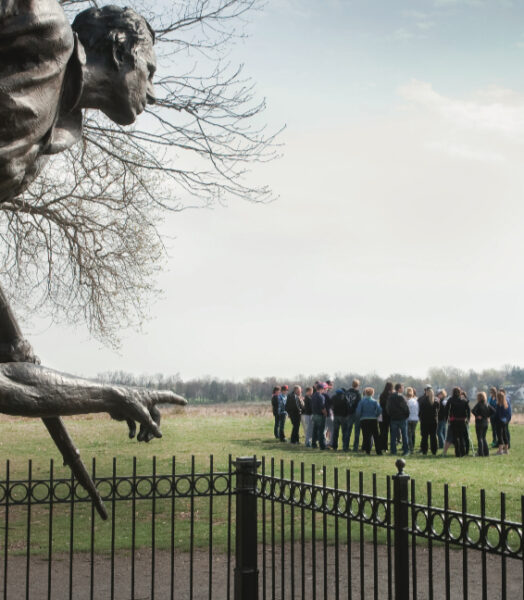 Claudio Vazquez
Claudio VazquezA guide leads a tour on the Gettysburg battlefield.
How do public historians use the power of place to interpret a battlefield, landscape, or historic site for a public audience? One visitor may be interested in the site’s environmental history, another in its labor history, or its military history, or some have no initial curiosity. It is the job of the public historian to recognize this array of interests and accommodate them. At the very least, the historian’s goal is connecting the visitor and the place using stories, meanwhile providing a meaningful experience for all listeners. Sometimes this means linking visitors to a resource on a personal level, whether it be through similar lived experiences, familial links, or such common themes as love and fear. A successful interaction will leave visitors with a memory forever linking them to the site, even if they don’t recall every anecdote of the presentation.
Maya Angelou, the poet and activist, said, “People will forget what you said, people will forget what you did, but people will never forget how you made them feel.” For visitors and historians in places like Gettysburg, there is a power that draws us in. What that power of place looks and feels like can vary from person to person, lived experience to lived experience. But what keeps us here? Keeps us coming? I believe it’s the opportunity not just to connect to a place in the past, but to connect with one another in the present.
Rich Condon is a historian from Pittsburgh, Pennsylvania, who earned his BA in Public History from Shepherd University. For over a decade he has worked with a multitude of sites and organizations including The Battle of Franklin Trust, the National Museum of Civil War Medicine, Soldiers & Sailors Memorial Hall and Museum, Flight 93 National Memorial, Reconstruction Era National Historical Park, and Catoctin Mountain Park. He has written for Civil War Times, The American Battlefield Trust, as well as Emerging Civil War, and currently operates the Civil War Pittsburgh blog from his home in Gettysburg, Pennsylvania.

